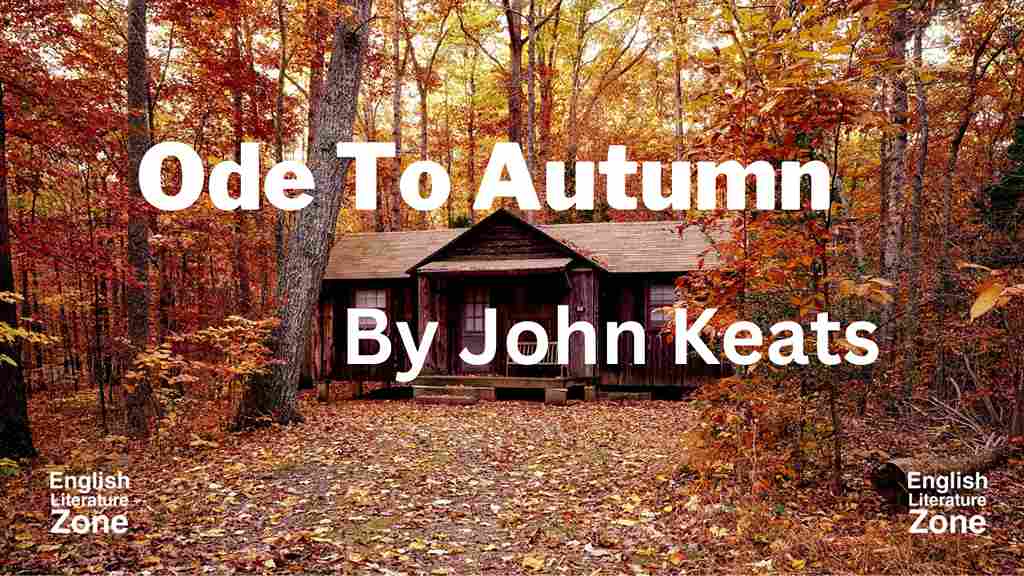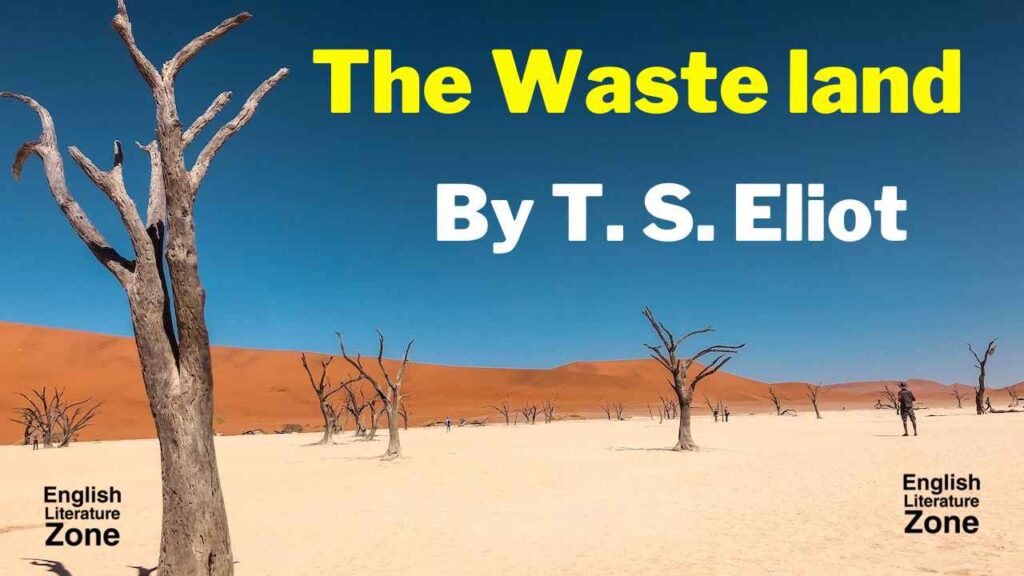The Bangle Sellers Summary, Themes & Analysis Sarojini Naidu

Introduction
“The Bangle Sellers” is a poem written by prominent Indian poet and politician ‘Sarojin Naidu’. This poem is mainly about the life of Indian women, the Indian culture and traditions revolving around women. It was first published around women. It was first published in the year 1912 in Sarojini Naidu’s collection of poems called – ‘The Bird of Time’.
The poem revolves around bangles, which are an important ornament for the ‘embellishment’ of women in Indian society. As a woman passes through the different stages of life from childhood to old age, the colour and design of her bangles change accordingly.
About Author
Sarojini Naidu is also known as the nightingale of India. She was a prominent Indian poet and a politician. She was a gifted artist, proficient in many languages. She was also the first woman governor of ‘Free India’. Her poetry presents a kaleidoscope of Indian feelings, music and imagery. She has basically written about the life of Indian people, the beauty of nature, women empowerment and patriotism.
Sarojini Naidu’s famous works are – ‘The Golden Threshold’, ‘The Bird of Time’, ‘The Broken Wing’, ‘The Sceptred Flute,’ and ‘Song of India’. ‘The Feather of The Dawn’, was published posthumously.
Form & Structure
It is a lyrical poem of twenty-four lines, divided into four stanzas of six lines. Each stanza consists of three rhyming couplets, following a simple rhyme scheme of – AABBCC.
About the Title
Sarojini Naidu’s poem ‘The Bangle seller is all about bangles. The poet has depicted a picture of typical rural Indian society in the first half of the 20th century where bangle sellers go to the temple fair to sell their bangles. The poet has given a picture of the stages of a woman’s life, and the feelings and emotions attached to those stages through these bangles.
The poem also glorifies the rich cultural tradition of India by depicting the role of bangles and bangle sellers in bringing happiness and vibrancy to society. So, bangles, the ‘Lustrous token of radiant lives’ and its seller take centre stage in the poem. That is why the title of the poem “The Bangle Sellers” is justified.
Themes of “The Bangle Sellers”
The poem explores the life of Indian women, the Indian culture and traditions revolving around women. It revolves around the bangles, which is an important ornament for the embellishment of women in Indian Society. It is an expression of stages in a woman’s life in traditional society. The entire concept of making the connection between different coloured bangles and their role in imparting happiness to young maidens, brides, wives and mothers is rooted in Indian culture.
In the poem, the poetess shows how the Indian woman is whole-heatedly submissive in fulfilling her social, religious and spiritual responsibility in this male-dominated society. Many hints of a patriarchal set-up are found in the poem. A man performs an important role in a woman’s life as a father, husband and son.
In the last four lines, the poetess says about the hands of the middle-aged married woman who has cared, loved, blessed and brought up her fair sons and she has proudly served her family and has the honour of sitting by her husband’s side at religious ceremonies. In fact, the poetess has shown feelings of gender discrimination in the male-dominated society of India.
The poetess also describes the pathetic and miserable state of the bangle sellers who, despite suffering through many hardships and bearing the loss or profit, sell the bangles in a joyous voice and never make any grudge against their profession, but feel proud of selling the bangles which are a human product of religious importance.
Summary/ Analysis of The Poem
In the first stanza of the poem, the bangle sellers are introduced and the poem describes their everyday life as well. The bangle sellers are present at the temple fair to make a trade for their bangles and are calling out to people to buy them. They are praising the qualities of the bangle.
“……..these delicate, bright
Rainbow-tinted circle of light.”
They are intending the people to buy for their daughters and wives. The bangle sellers say that these bangles promise happy lives to the wearer and are tokens of happy lives and happy marriages.
In the second stanza, the bangle sellers are talking about the different kinds of bangles that they have which cater to different types of women. Some of these bangles are suited for a maiden’s wrist who is an unmarried girl or a young woman and they are silver and blue in colour. Here silver and blue colours are compared to the mountain mist and they represent the freshness and the beauty of young maidens. Some bangles are light red and pink in colour just like life-tender flower buds that are found blossoming along a woodland stream.
In this stanza, ‘Buds that dreams’ presents an image of young girls who are dreaming of marriage. The bangles sellers also have some green-coloured bangles which are compared to the ‘newborn leaves’ because such leaves are pure and fresh. This stanza shows the youthful stage in a woman’s life and represents the fact women wear different coloured bangles in different phases of their life in Indian society.
In the third stanza, the bangles sellers say that they have some yellow-coloured bangles that look like fields of sunlit corn. Here bangles are compared to ‘fields of sunlit corn’ because those bangles are suitable for a bride on the day of her wedding when she needs to look the prettiest and the brightest of all. The bangle, sellers also have some flame-coloured bangles such as red and orange that represent the passion, desire and wishes of the bride.
“Tinkling, luminous, tender and clear,
like her bridal laughter and bridal tears”,
Here, bridal laughter means the joy of starting a new life with her husband while bridal tear means the sorrow of separation from her parents. The poet has compared bridal laughter and bridal laughter and bridal tears with the tinkling, luminous, tender and clear. Bangles which seems to express her joy and sorrow well. So, this stanza depicts the transition of life from a maiden to a wife.
In the last stanza, the bangle sellers continue to advertise their bangles and say that they have some purple and gold-flecked, grey bangles. These bangles are suitable for a woman who has journeyed through life and has reached the mid-point of her life. These are for a woman who remained faithful to her husband, supported him and raised her children well. The purple colour symbolizes pride, the gold- fleck represents honour and authority whereas grey symbolizes wisdom and maturity.
Conclusion
So the poem “The Bangle Seller” is a tribute to Indian women and their beauty and grace. It is a celebration of their feminity or female form. It threads various stages of a woman’s life into the cultural wealth of India. It also acknowledges the part of bangle sellers in the customs and traditions of India.
Are you struggling to keep up with your English Literature Coursework? Do you need detailed, customized English Literature Notes to help you better understand the texts you’re studying? “Look no further! Our customized paid notes will help you achieve your study goals quickly.
- Mechanical Reproduction By Walter Benjamin | The Work of Art in the Age of Mechanical Reproduction
- The Interpretation of Dreams By Sigmund Freud
- Victorian Period | Victorian Literature and Culture
- Dear Life by Alice Munro Summary, Themes, & Analysis
- The Lotos-eaters by Alfred Lord Tennyson
- Studies in the History of the Renaissance
- The Prologue to The Canterbury Tales By Geoffrey Chaucer
- Hayavadana By Girish Karnad | Hayavadana Themes & Analysis
- The Bluest Eye By Toni Morrison | The Bluest Eye Summary
- Top Girls By Caryl Churchill | Top Girls Analysis
The Bangle Sellers Summary, Themes & Analysis Sarojini Naidu Read More »














